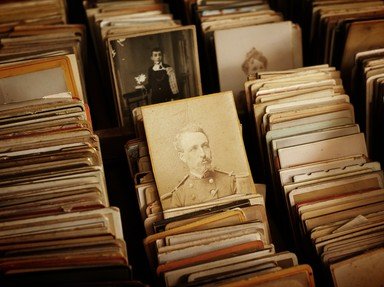Quiz Answer Key and Fun Facts
1. Eureka! Which ancient Greek mathematician discovered the principles of density and buoyancy after King Hiero II challenged him to authenticate his crown?
2. In 1787, a teacher gave some schoolkids a problem: add up the numbers from 1 to 100. This was supposed to challenge their arithmetic skills, but a certain child prodigy managed to work it out in moments. Who was he?
3. Sometimes thinking differently can untangle a challenge. What ancient puzzle did Alexander the Great overcome and, as per prophecy, go on to conquer the world?
4. Deciphering Egyptian hieroglyphics took far more work than simply discovering the Rosetta Stone. Who was the first to definitively solve the centuries-old deciphering challenge, publishing his results in 1822?
5. Napoleon waged a few wars in his time, and knew quite well that an army marches on its stomach. When he challenged Europe to find a cheap way of preserving food, Nicolas Appert rose to the task and invented what process?
6. During World War II, a great deal of effort went into breaking the Nazi enigma encryption system. How successfully did Allied Powers complete this challenge?
7. What would you do for a book worth 40 shillings? It was worth a fair bit when Christopher Wren offered it as a wager in 1684. Who spent years connecting Kepler's laws to the inverse-square law, culminating in his publication of "Philosophiae Naturalis Principia Mathematica"?
8. As any trivia expert knows, the golden plover is Europe's fastest game bird. It wasn't always obvious though: a challenge over this question led to the creation of what?
9. I'll bet you $50 you can't write a book using fifty words or less! Most of us wouldn't even consider taking this wager, but which rhymey-timey author decided that $50 was too good to pass up?
10. The guinea worm is a human parasite that caused millions of infections per year as recently as the 1980s. What former American president took up the challenge of permanently destroying this painful parasite, reducing yearly cases from millions to hundreds?
Source: Author
nautilator
This quiz was reviewed by FunTrivia editor
bloomsby before going online.
Any errors found in FunTrivia content are routinely corrected through our feedback system.


